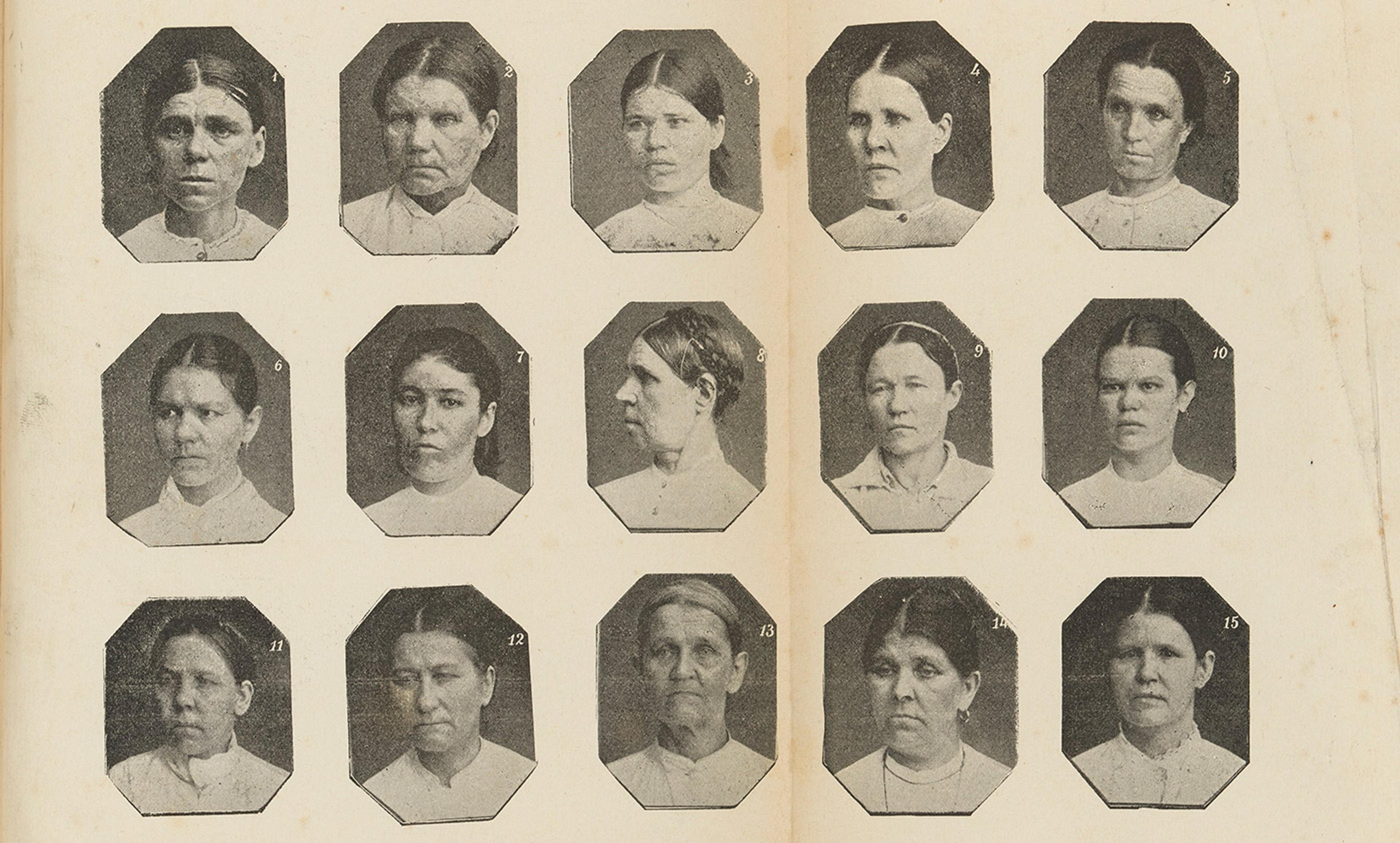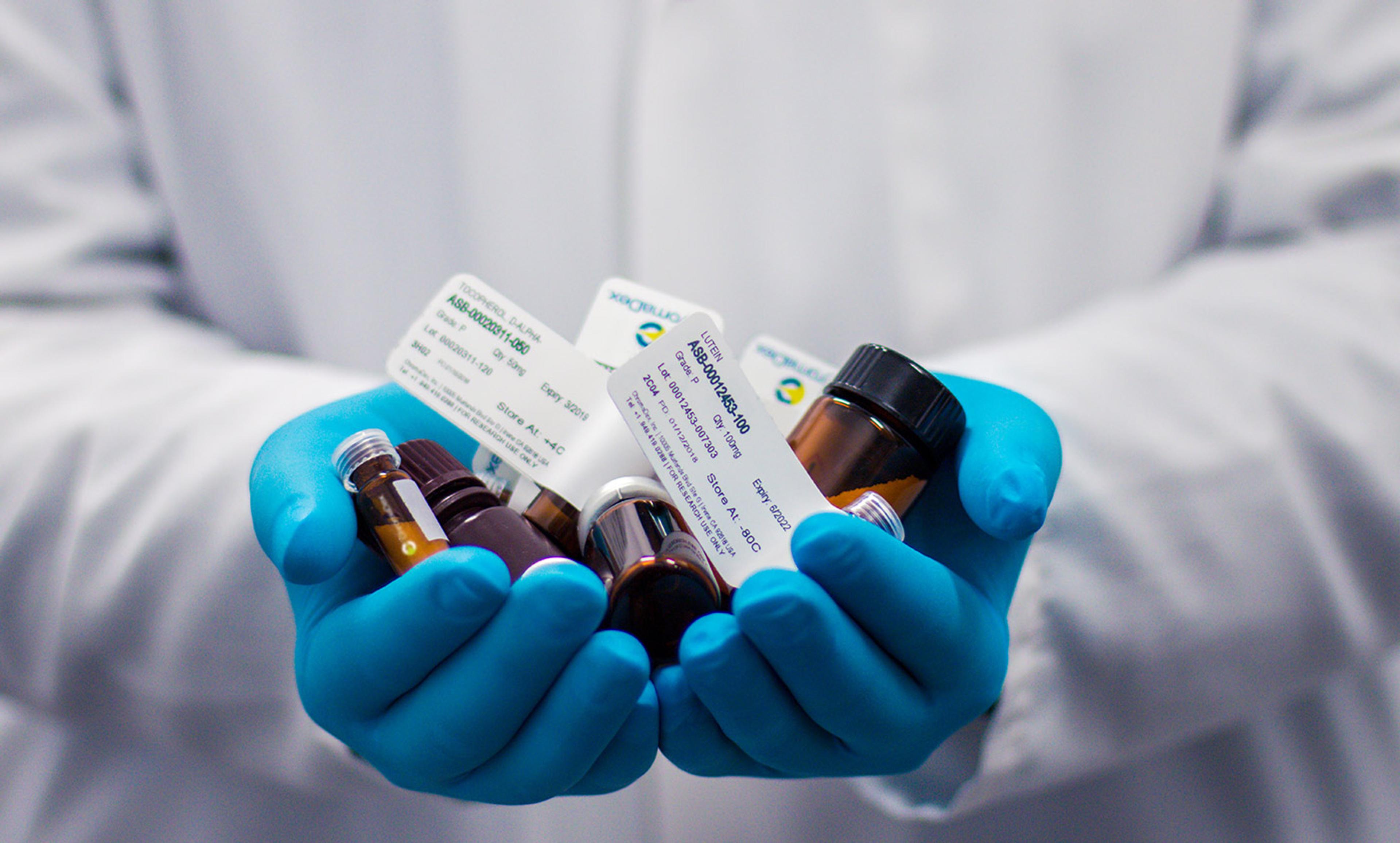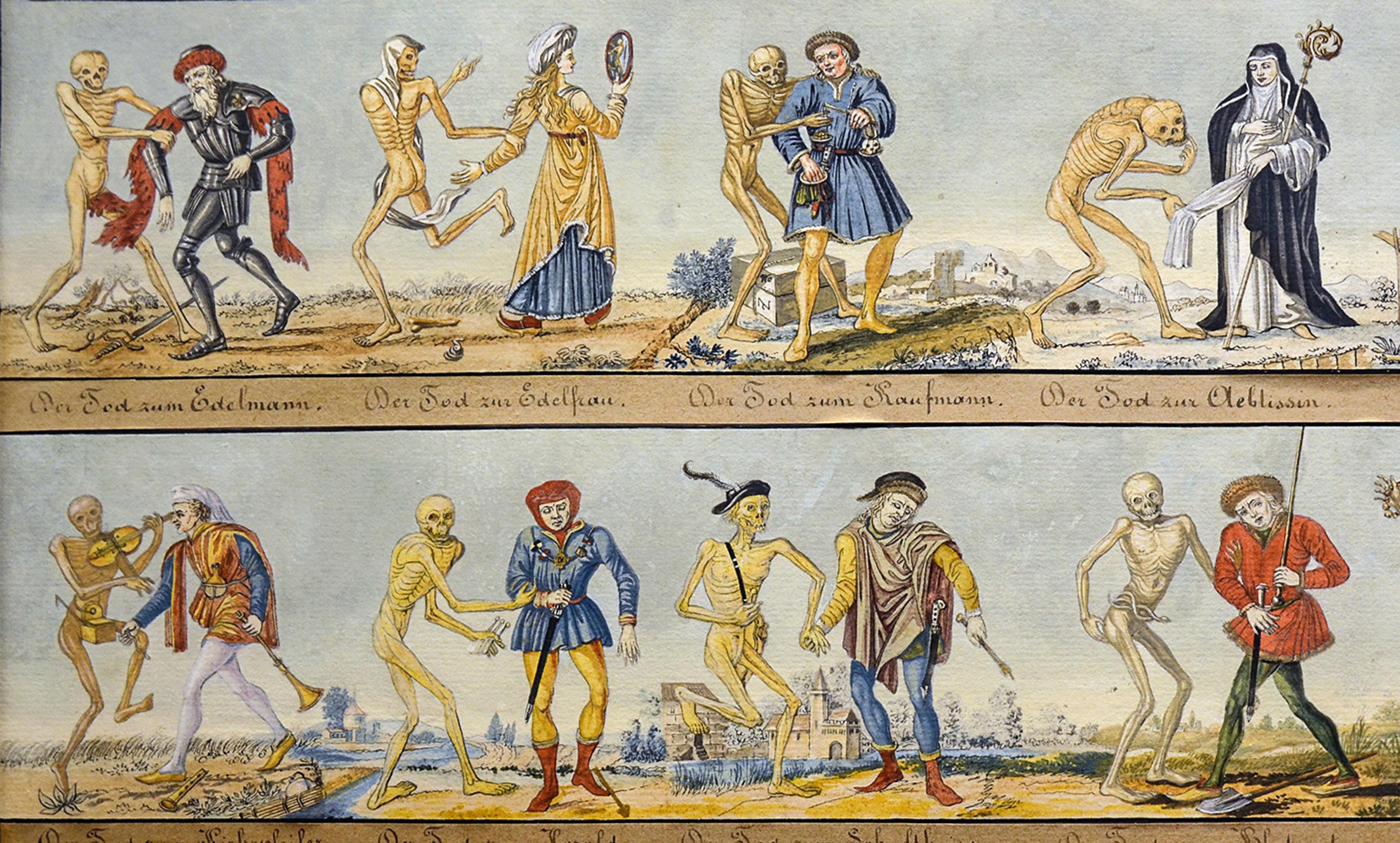
Andres Rodriguez/Flickr
Since Richard Nixon famously called for an ‘all-out offensive’ on the war on drugs in 1971, the US government has funnelled a trillion dollars into the effort. What does the nation have to show for the spoils of this war? Addiction rates have remained stable for the past decade, while over half the population in its federal prisons are entered for drug-related offences. Perhaps the US war on drugs has failed because it fundamentally fails to understand addiction itself. Rethinking our approach requires that we understand the experience of drug reward – the stimulus that gives one the appetite for the drug, and the role that context plays in the cycle of use.
What exactly does context have to do with drug reward? The incredible high experienced in the use of drugs is boosted by the entire series of events and places that accompany such use: it is the feel and texture of the environment; it is the people who gave you the drugs; it is the feeling of ecstasy and jubilation that runs through you in their company.
The drugs and the context merge in the brain. Opioids, alcohol and stimulants cause decidedly distinct patterns in the brain – except for one thing: they all activate the dopaminergic midbrain, a structure that plays a vital role in enhanced learning through reward. It is from here – when the alcohol hits, when the stimulant lands, when the opioid kicks in – that dopamine floods neural terminals into several key structures of the brain, signalling that whatever has just happened merits incredible importance. This reinforces that our previous actions must be repeated.
Research in modern neuroscience and psychology supports this view. The cues and contexts associated with drugs of abuse can trigger relapse in abstinent animals. And it all happens in the brain. The prefrontal cortex converts our internal goals into dynamic plans of action. From the moment the dopamine is released, the goal and the plan are rewarded. Addicts are addicted not just to the drug, but to the people they got it from and interacted with when taking it; they are addicted to the sensations provided by the environment, addicted to the plan.
Indeed, studies show that among young people, interactions with peers who encourage use constitute a substantial risk factor for relapse, a problem made all the more difficult in the age of ubiquitous online sociality.
One region of the brain to receive that flood of dopamine is the amygdala, a centre for the experience of emotional valence and arousal. The moment dopamine pours in, the emotional state present when taking the drug is reinforced, and the memory of the amazing high persists. Worse, research indicates that cells in the amygdala become even more active during abstinence and withdrawal, causing pangs of longing and distress for the pathological reward. What was initially the desire to get high can rapidly devolve into compulsive desperation – into a habitual state of behaviour to avoid the misery of abstinence.
New insights into drug cravings illuminate just how profound the sensation is. The most susceptible animals will go through numerous shocks to obtain the drug. The pain that deters most of us from ruining our lives translates into an entirely suitable context for drug abuse to the particularly susceptible individual.
What this finding, and others like it, make clear is that lawmakers are not neuroscientists. By way of proof, they have designed a war on drugs that fundamentally neglects our new insights into how the brain orchestrates addiction at its very core. Since addicts will go to incredible lengths to reinforce the contexts in which they consume drugs, we literally could not have devised a worse system, which reliably produces awful contexts to become addicted to. Taken together, what our new findings make clear is that the war on drugs reinforces the very criminal context it nominally aims to prevent.
When we criminalise drugs and drug users, we ensure that the context of drug use habitually turns the brain toward shame, illegality, secrecy and depravity. Do you know what else drives relapse to drugs of abuse? Stress and social isolation. We reinforce jails. We reinforce drug dealers. We reinforce violence. We reinforce the associated contexts of every other criminal enterprise that accommodates drug use. We habitually recreate a tragedy where the so-called solution causes the problem.
Yet we can’t seem to kick the habit, no matter how much evidence of harm science reveals. It is time for us to take the first step and admit we need help, admit we have a problem. We are addicted to the war on drugs.
It could be that the best solutions come from countries like Portugal and the Netherlands, which have decriminalised drugs and legally administer them in treatment centres. From diminished drug abuse levels to fewer jail sentences and reduction in HIV transmission, such programs, in combination with humane treatment centres, have proven effective. But why? Perhaps because they accord with the psychological and neurological basis of context learning in addiction.
While the US declares a war on drugs to prevent an environment of addiction, these countries instead cleverly seek to use the context of addiction to wage their fight. In a form of social and scientific ju-jitsu, decriminalisation and humane treatment create a context of addiction that maximises the chances of breaking that addiction. The plan that got you there becomes the treatment centre’s plan to monitor drug use for your transition to a drug-free life. If you use drugs in such a context, then this has a chance of becoming the new plan that the dopamine will reinforce.
The power of a humane, enriched and highly social environment stands out as one of the most proven preventatives for drug abuse in scientific literature. Animals in enriched social environments refrain from drug-seeking and drug relapse with astonishing consistency. Treatment based on these insights aligns most closely with our modern understanding of addiction.





